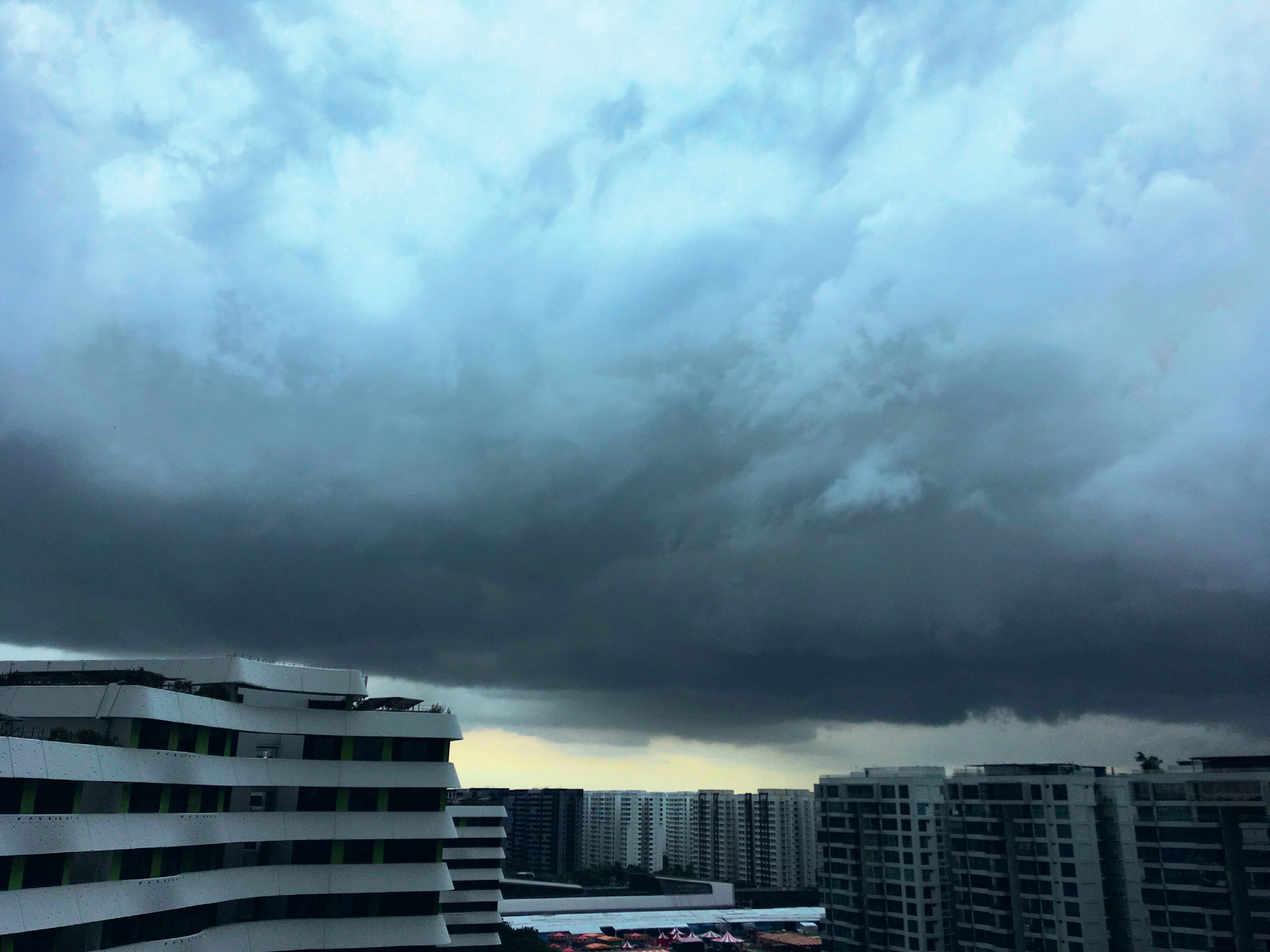
Despite the heavy tropical rains that fall on Singapore, water security has long been a matter of concern for the city state. Singapore is located 1º north of the equator, and has an average of 178 rain days each year, but it lacks the space to store sufficient water to supply its inhabitants and thirsty industries. Although demand for water is expected to double by 2060, the small island nation (see Box 1) is determined to move away from its reliance on freshwater imports from neighbouring Malaysia.
Climate change adds an extra challenge to Singapore’s bid to be water independent by 2062, as temperatures rise and rainfall is expected to become less reliable.
Your organisation does not have access to this article.
Sign up today to give your students the edge they need to achieve their best grades with subject expertise
Subscribe




